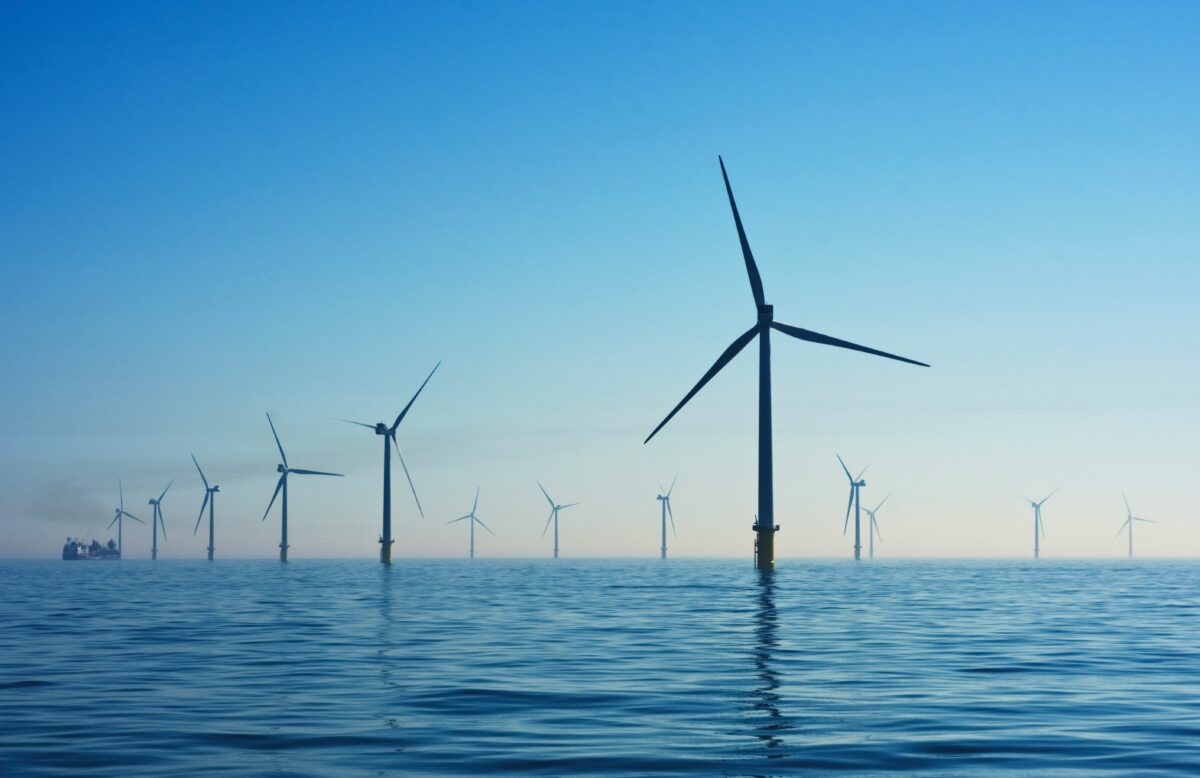 (Photo by Nicholas Doherty on Unsplash)
(Photo by Nicholas Doherty on Unsplash)kWh Analytics, a provider of climate insurance for zero-carbon assets, announced the close of a “first-of-its-kind” wind proxy hedge risk transfer product for a 59MW, 14-turbine wind project in Maine, developed by a Greenbacker Capital Management affiliated investment vehicle that invests in sustainable infrastructure assets.
The financial structure included the use of a wind proxy hedge, provided by global reinsurer MunichRe, advised by kWh Analytics, and utilizing the kWh Analytics Indifference Structure for debt sizing. This implementation marks the first time a parametric wind hedge has been paired with the kWh Analytics Indifference Structure to reduce equity requirements for a project sponsor. The structure’s implementation enabled the project sponsor to raise roughly 20% more debt capital for this project, led by MUFG.
The wind proxy hedge paired with the kWh Analytics Indifference Structure is meant to address the volatility of wind power by adding investment-grade cash flow above the P99 wind speed. By incorporating the wind proxy hedge and kWh Indifference Structure, each dollar of premium paid for the product resulted in roughly $6 of additional loan proceeds, kWh Analytics said.
“We provided a proprietary debt structure, applying modeling, analysis, and risk management expertise to assist MunichRe in incorporating its parametric solution to a project financing,” said Geoffrey Lehv, head of US accounts for kWh Analytics. “The resulting credit enhancement not only mitigates downside risk but also optimizes capital structure. This is about more than just financial engineering – it’s about accelerating the transition to clean energy by making wind projects more bankable and attractive to investors.”
Bill MacLauchlan, CEO of Munich Re Trading LLC, commented that: “Deep project finance knowledge was crucial in structuring this transaction. By leveraging our team’s long-standing expertise in designing parametric risk-transfer solutions, collaborating closely with MUFG, and utilizing kWh Analytics’ unique position in the market, we successfully implemented an innovative risk transfer solution for this Sponsor.
Any form of certainty is welcomed in the wind power industry right now, especially after pieces of a broken Vineyard Wind blade washed ashore. A report released earlier this month by the American Clean Power Association (ACP) projects about 14 GW of wind capacity offshore U.S. coastlines by 2030, significantly shy of the goal of 30 GW set by the Biden administration in 2021.
On more uplifting notes, new energy permitting legislation ensures at least one federal offshore wind lease sale per year through 2029. The Bureau of Ocean Energy Management (BOEM) recently announced its approval of the New England Wind Construction and Operations Plan (COP), authorizing the construction and operation of New England Wind 1 and New England Wind 2, which will have a combined total capacity of up to 2,600 MW. On the opposite coast, California has determined an initial need for up to 7.6 GW of offshore wind power per a CPUC proposal issued last week.